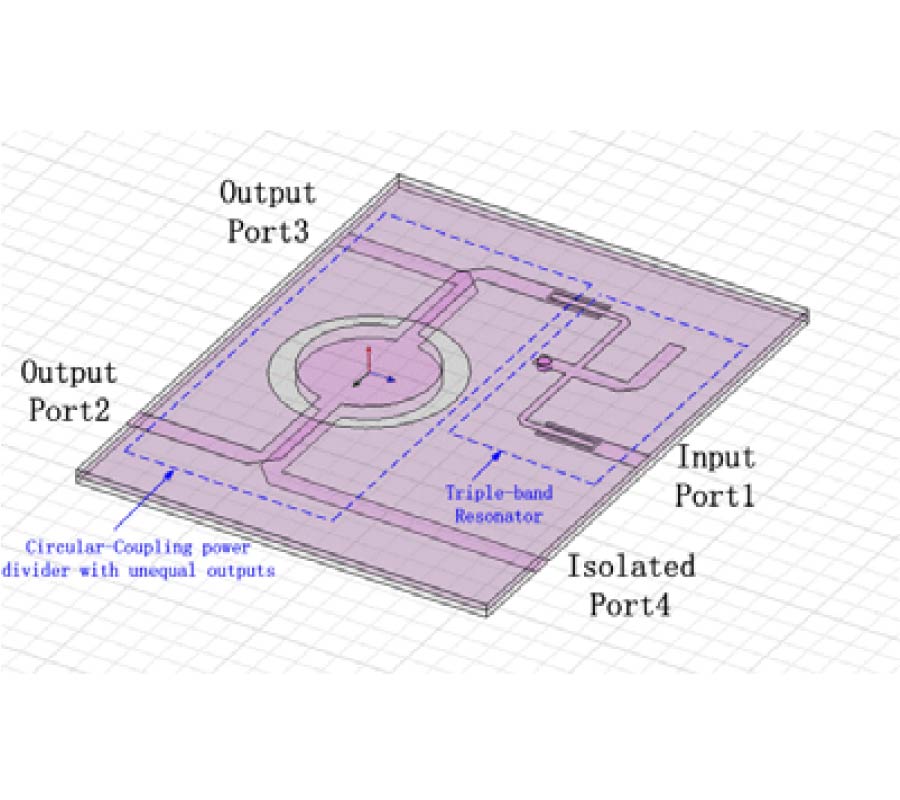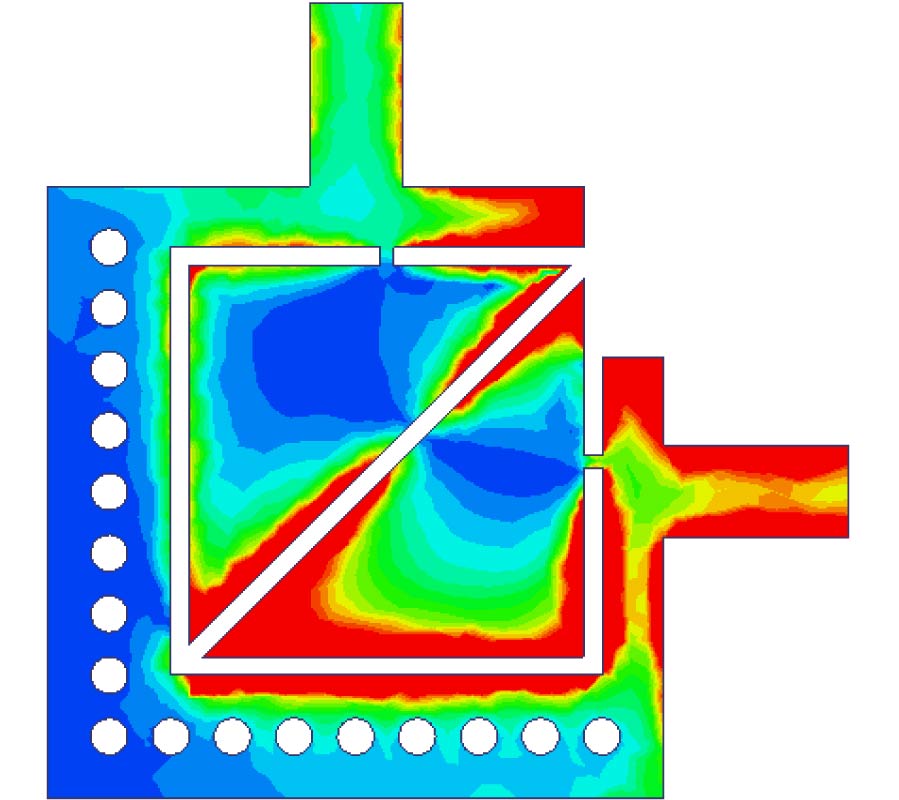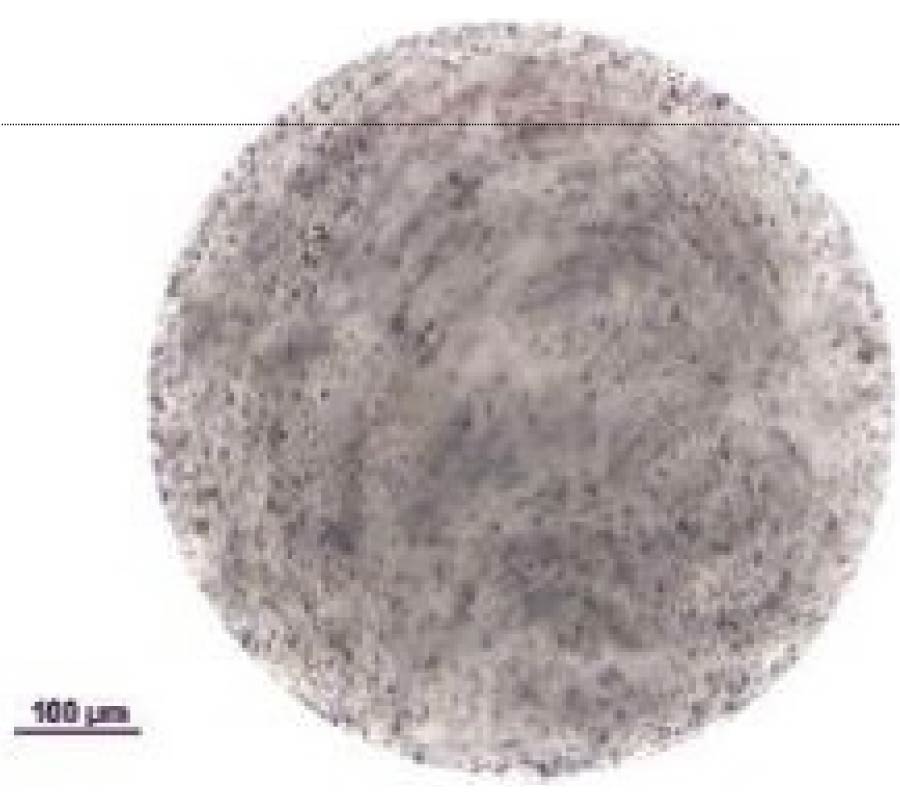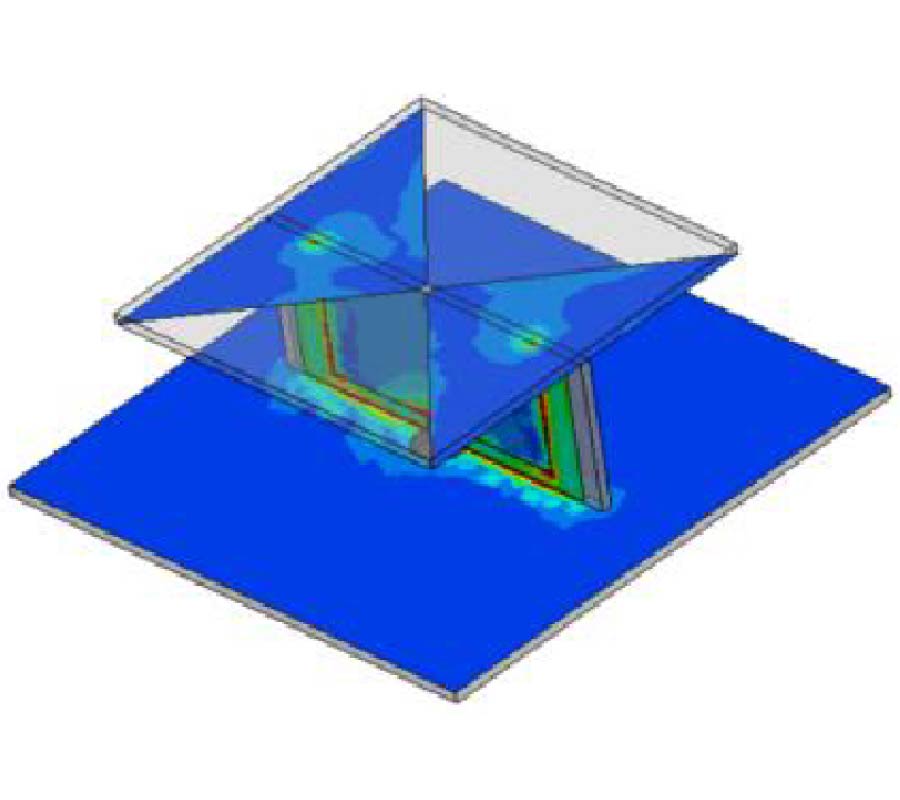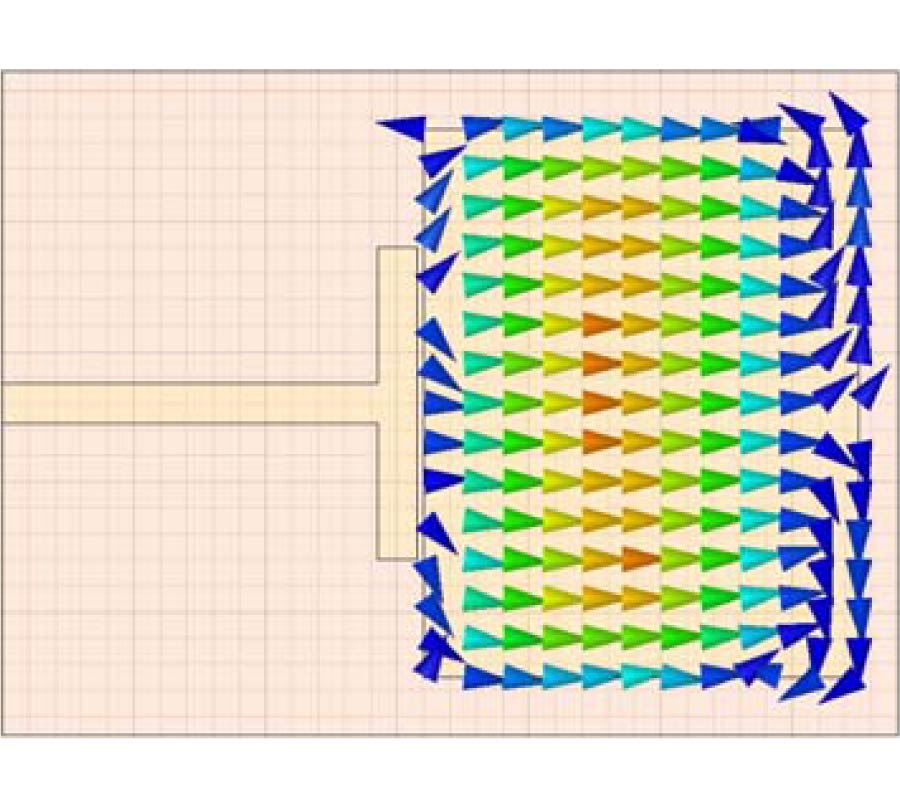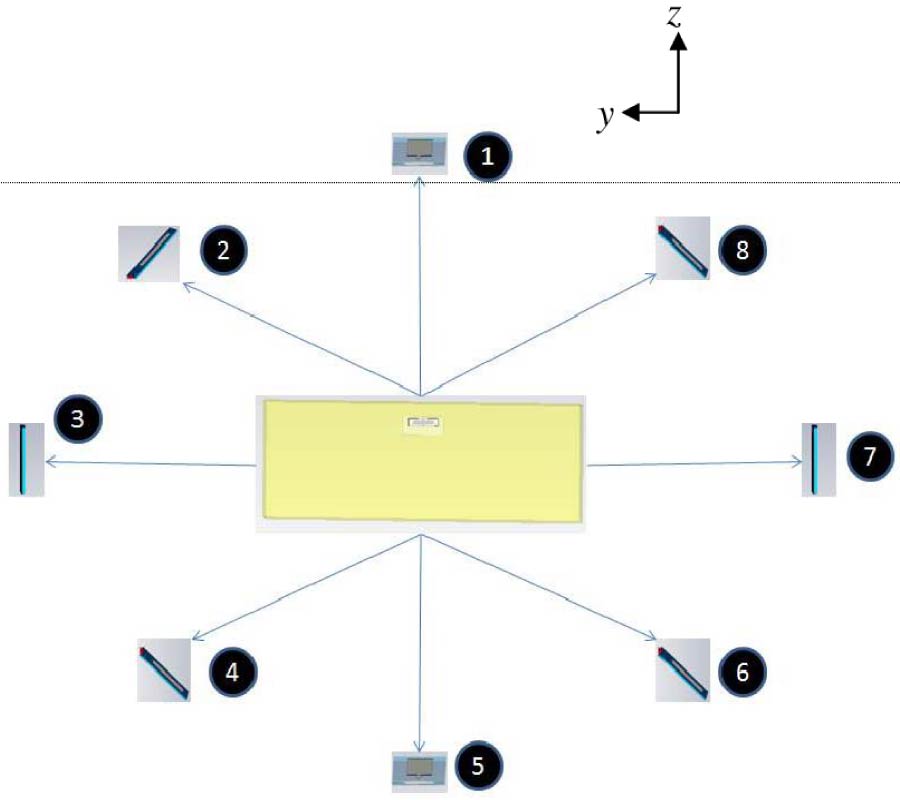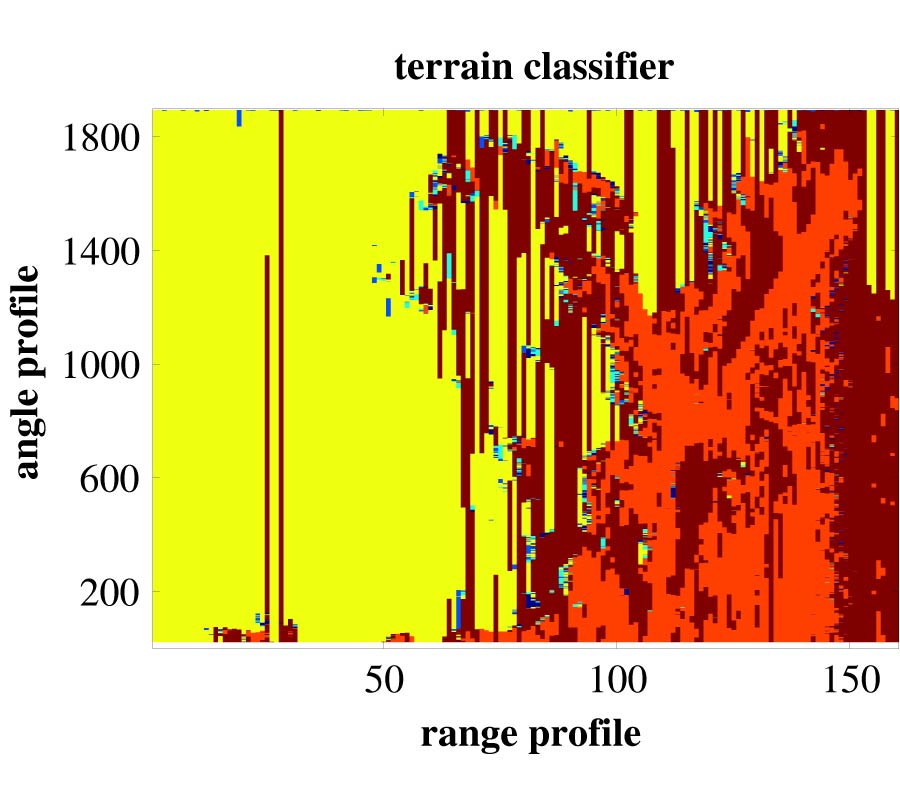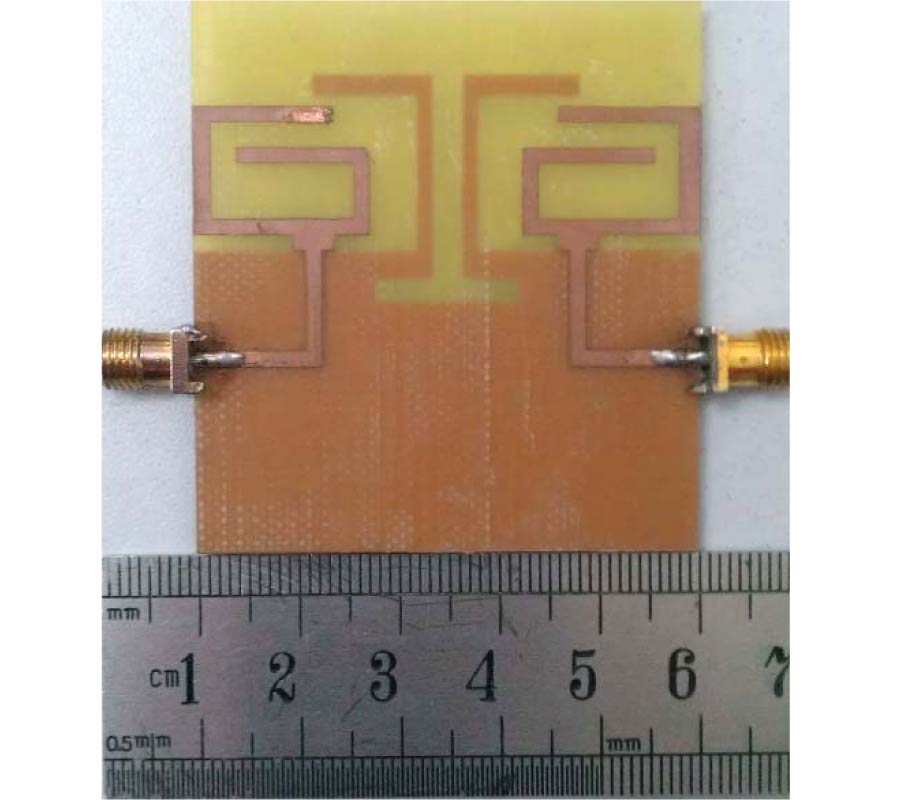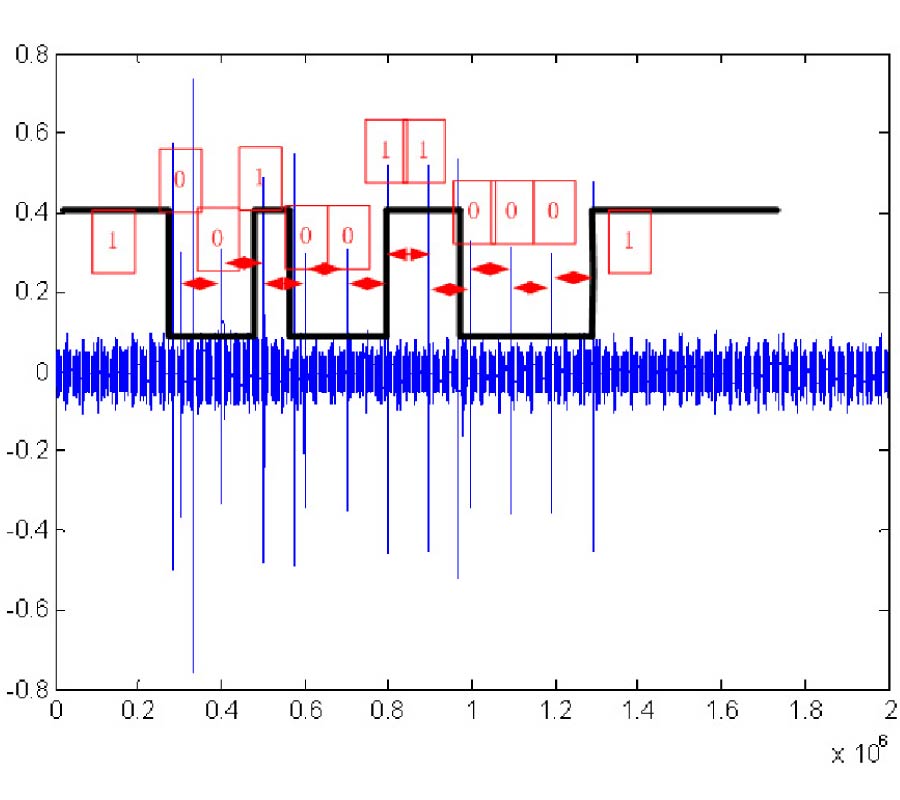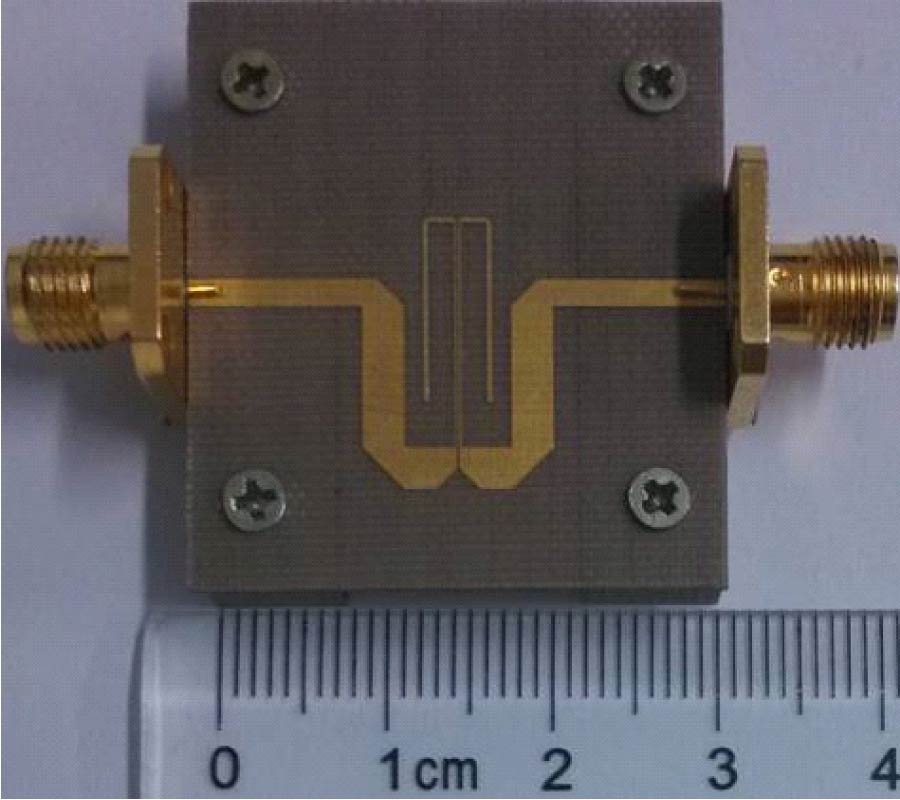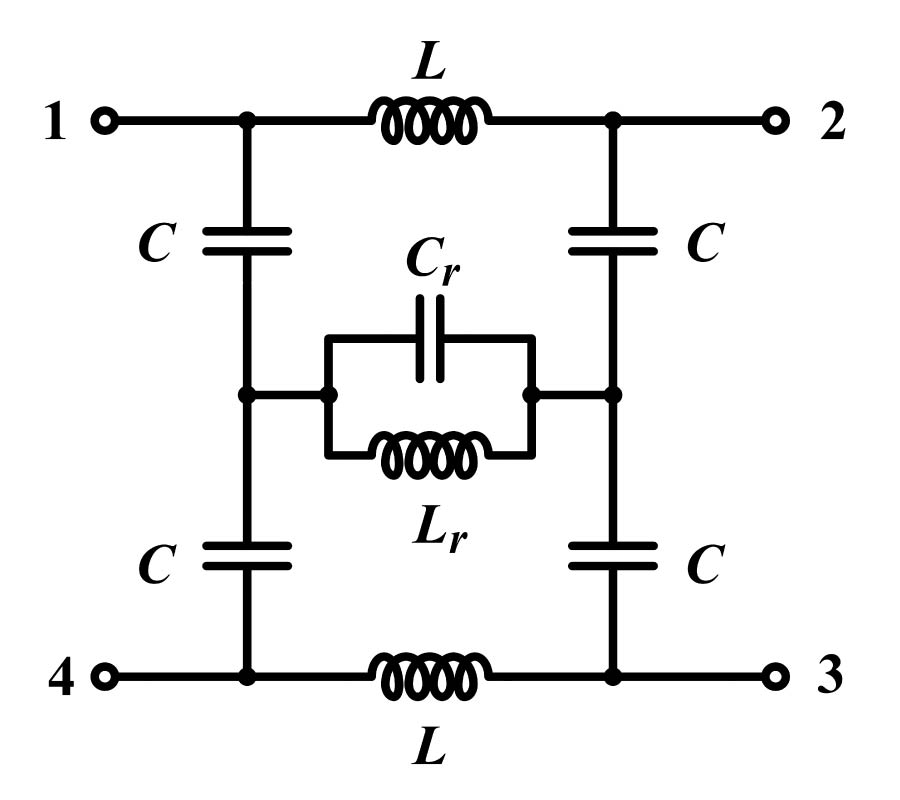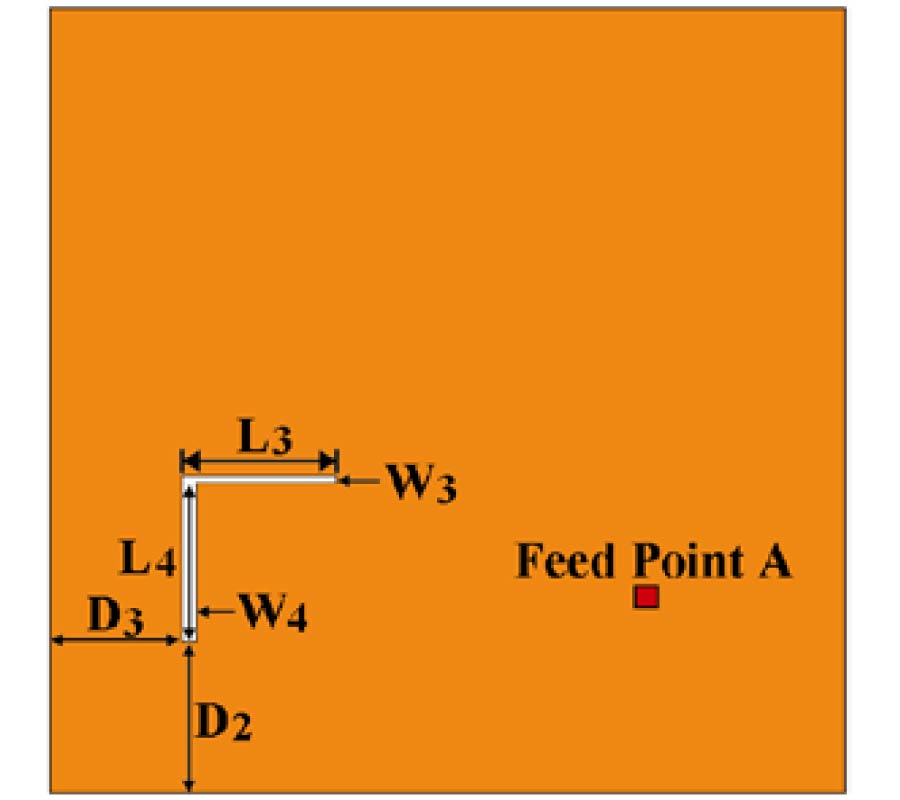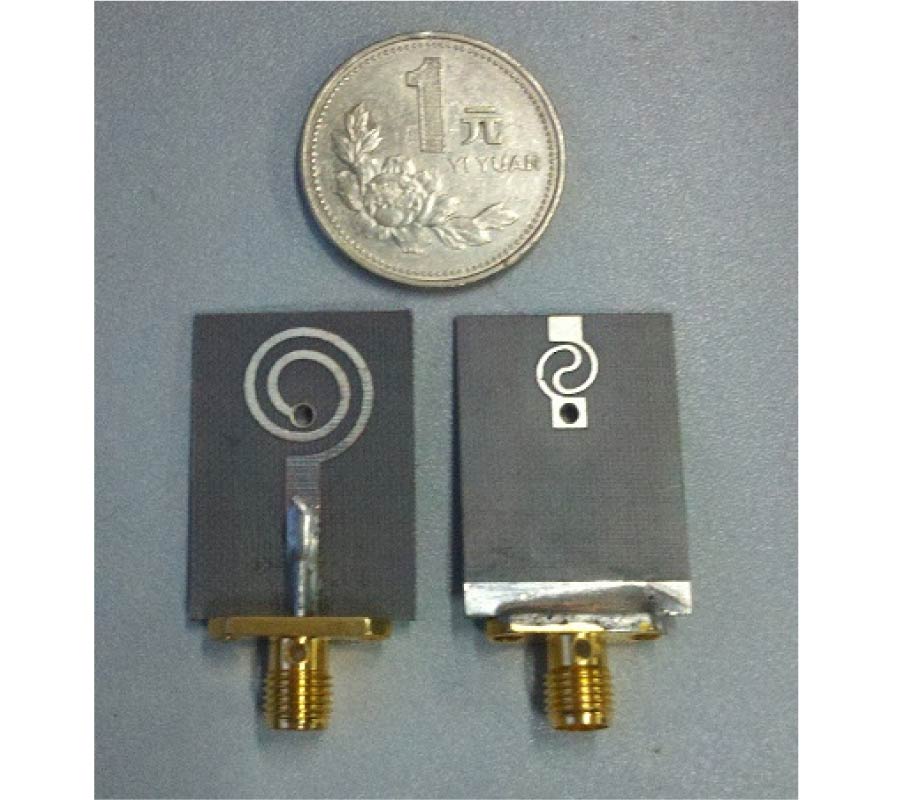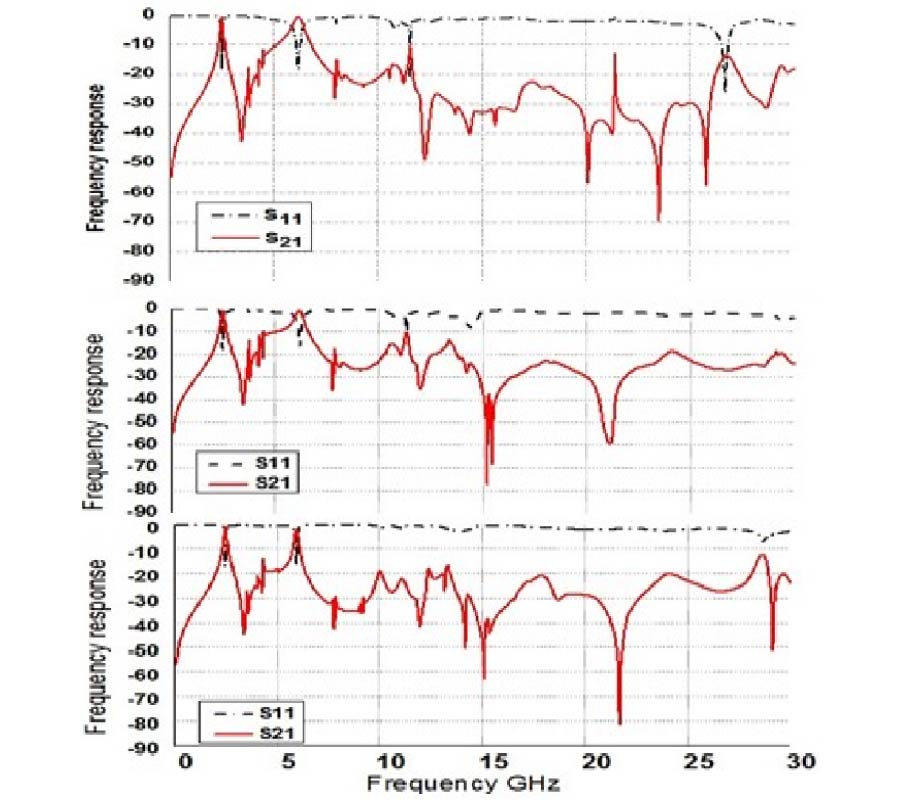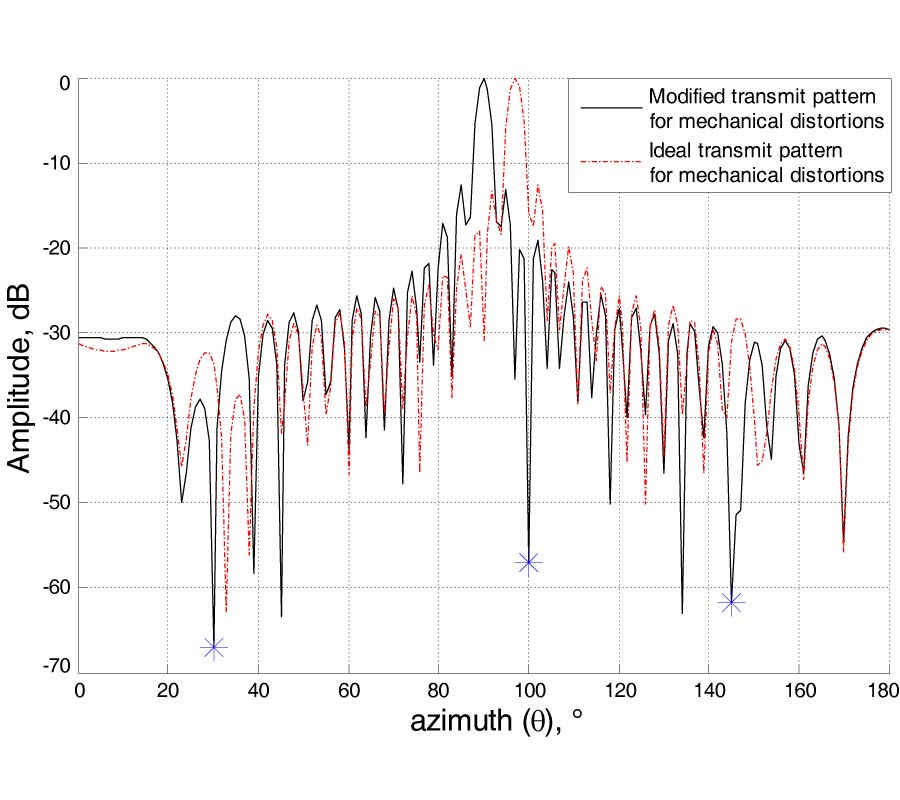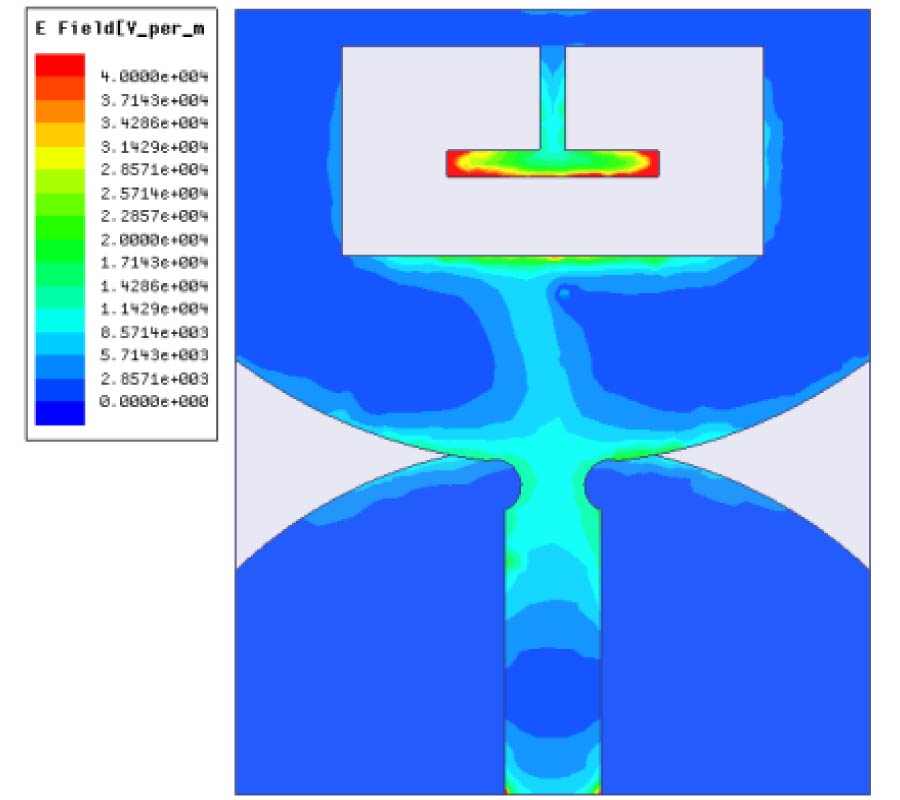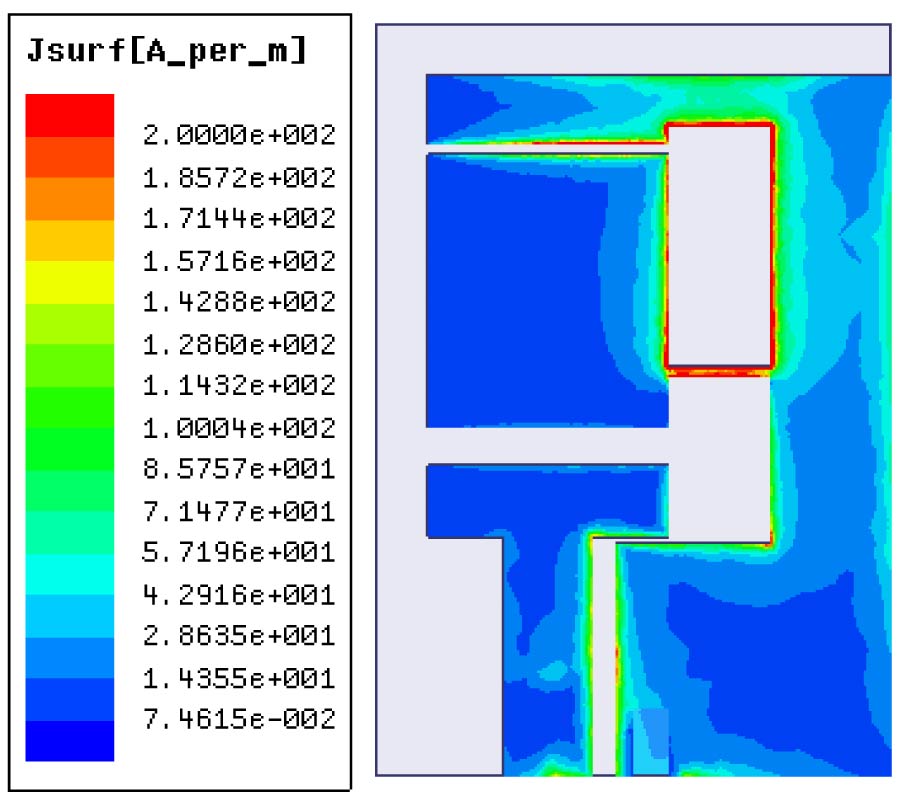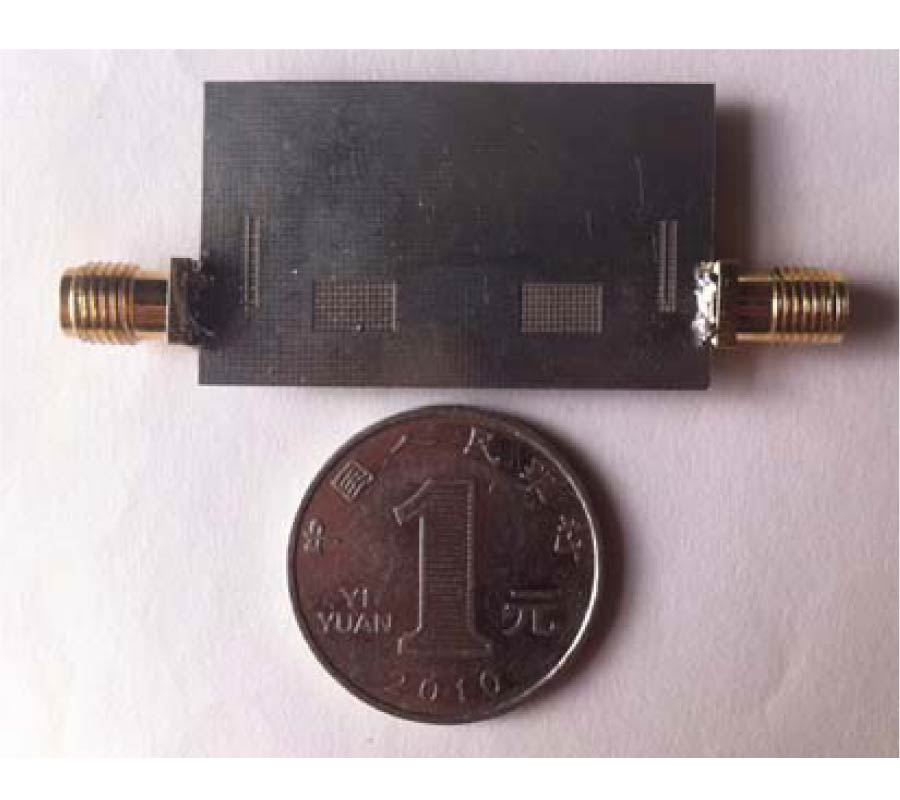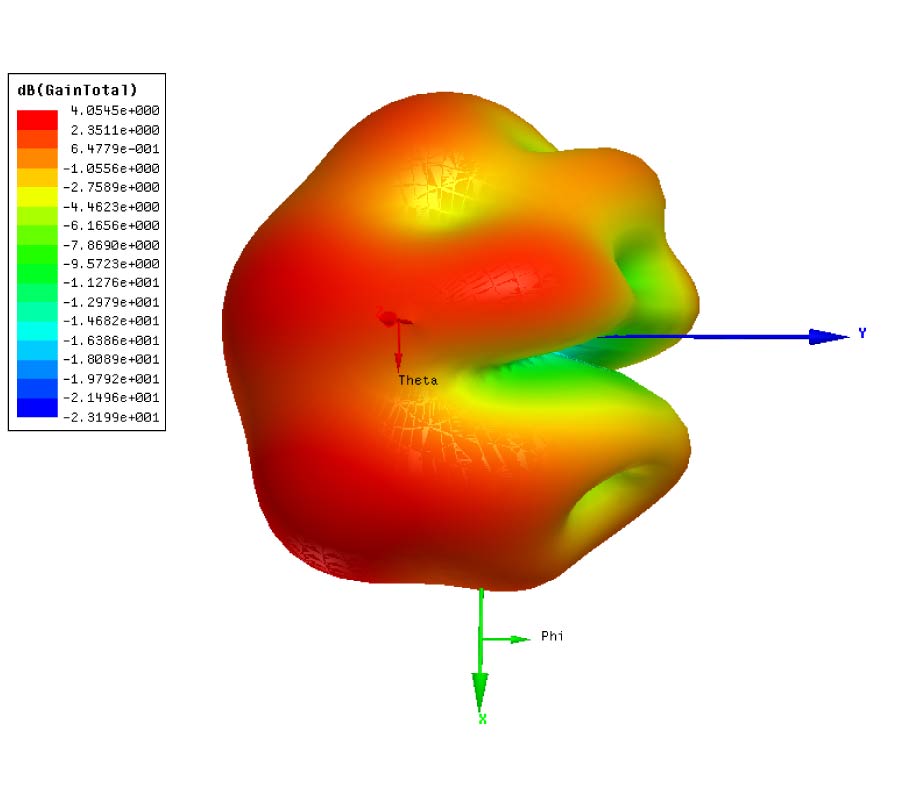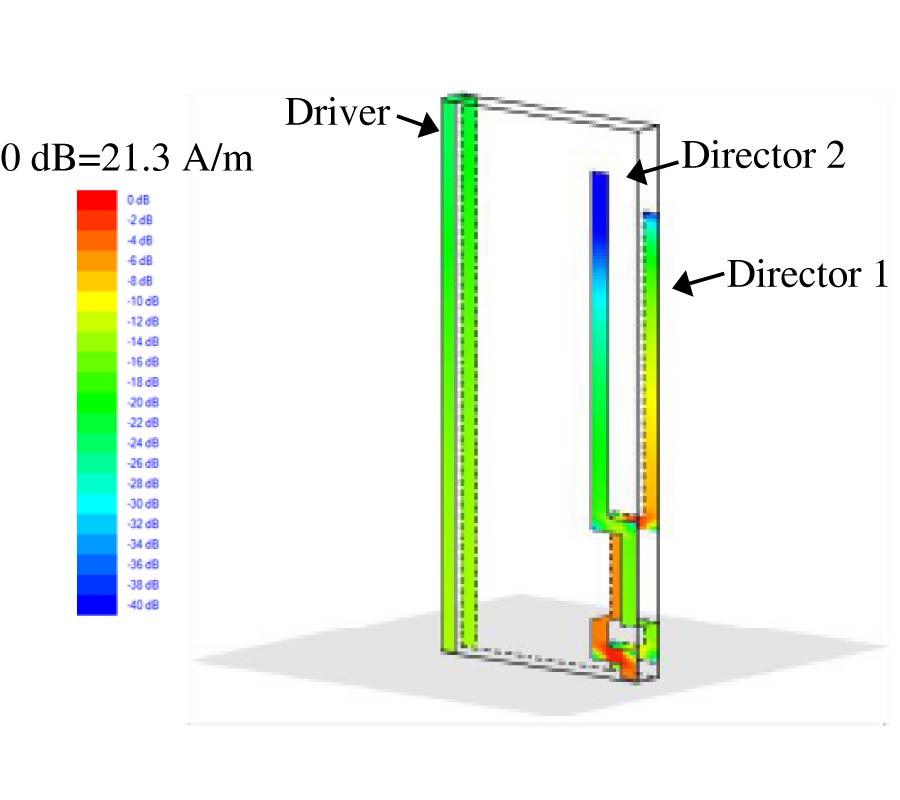Bandwidth Improvement of a Compact Quadrature Hybrid Coupler with Harmonic Rejection Using Lumped Elements
Yu Ye
,
Ling-Yun Li
,
Jian-Zhong Gu
and
Xiao-Wei Sun
A compact quadrature hybrid coupler with harmonic suppression adopting lumped-element band-stop resonator is proposed aiming for bandwidth improvement. Conventionally, harmonic rejection is realized by three band-stop resonators in lumped hybrid design. The using of three band-stop resonators can realize better harmonic suppression while exhibiting narrower frequency response. So as to improve operation bandwidth performance, the number of band-stop resonator applied in this proposed topology is minimized to one. Trading off with acceptable reduction in harmonic rejection, the proposed hybrid can enlarge working bandwidth with fewer lumped devices. Detailed design and theoretical analysis are presented and the expressions of lumped elements with dependence of rejected harmonic frequency are obtained. To validate the analysis, three 2.45 GHz couplers are fabricated on an FR-4 printed circuit board. The experimental results exhibit 27.3%, 26.9% and 23.3% operation bandwidth with better than 16 dB, 17 dB, and 21 dB harmonic suppressions at 4.9 GHz, 6.1 GHz, and 7.35 GHz, respectively. Less than 0.8 dB amplitude imbalance and 2° phase error are achieved over the whole operation frequency for the all three couplers, which are matched well with theoretical analysis.
